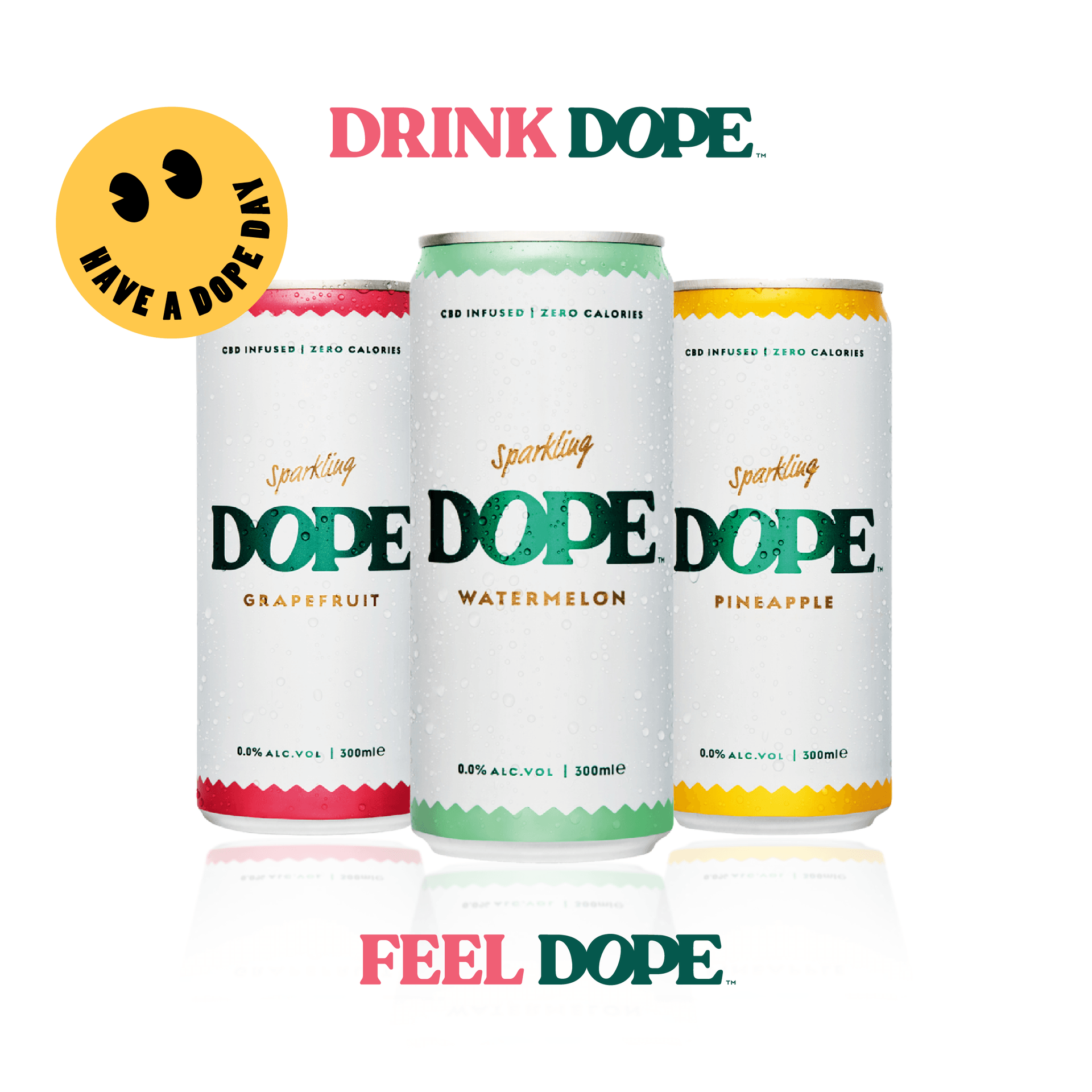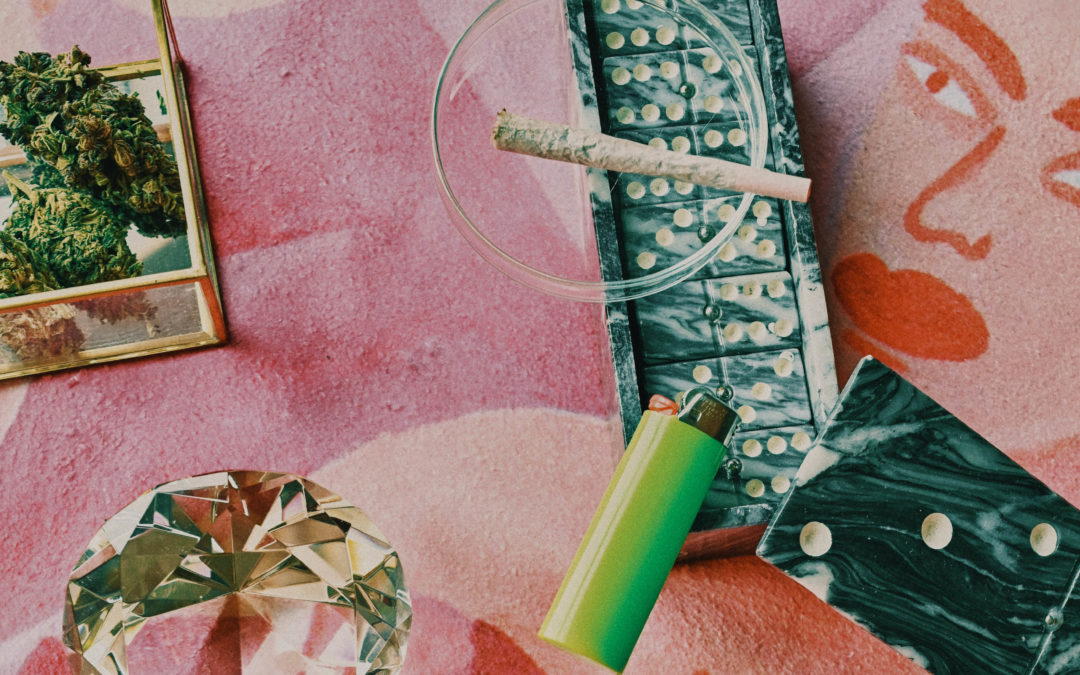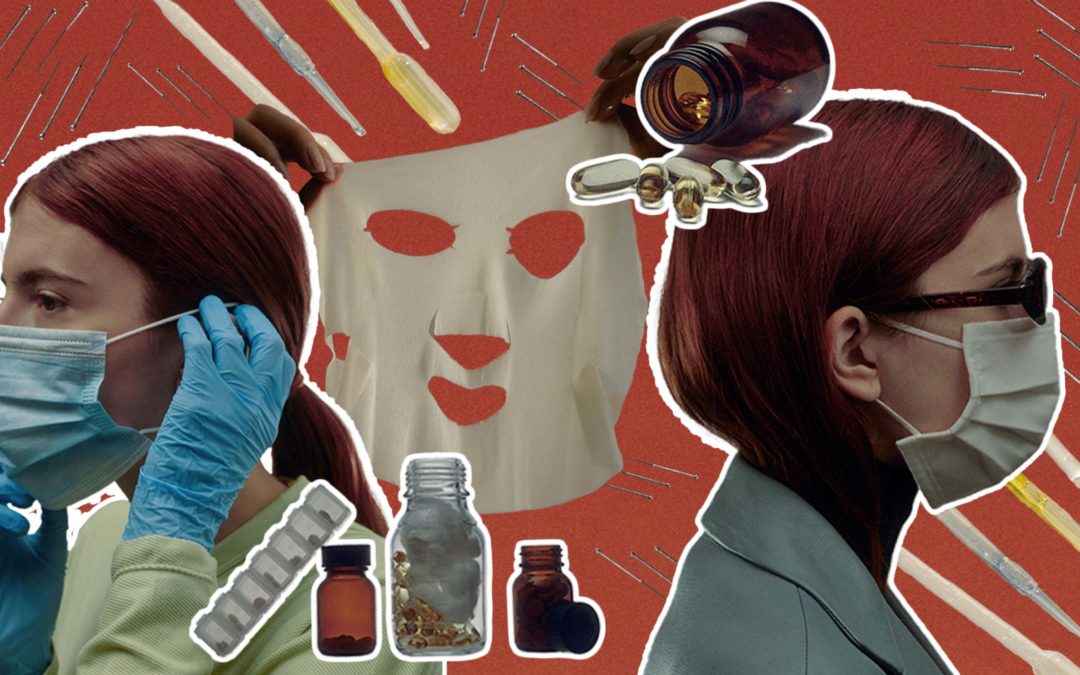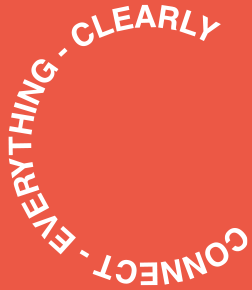Nothing could have prepared me for the mind-altering experience I’d have at the end of my first year of university. Having put my body and mind through the absolute trauma of simply trying to survive the complexities of being a first-year student – trying my utmost to strike a balance between box wine benders and passing at school – it’s safe to say my mental health by the end of 2014 was in an absolutely horrific state. Mind you, this was also before I started going to therapy, drowning my sorrows in dubiously cheap rounds of gin, copious amounts of cigarettes and enough grass to make my birthday twin Snoop Dogg, proud. I was broken, lost and disillusioned with a world I felt less and less connected to. So, what does one do in such a sorry state? Well, obviously, go to a trance festival with no intention of slowing down the debauchery.
What I thought would be a weekend filled with endless dancing while rushing from one too many little specky ecstasy pills ended up with all of us deciding on the first evening that what we actually wanted to do was take LSD. Quite the massive step for someone who, at that point, hadn’t even tripped with psilocybin mushrooms. The details are a bit of a haze, but before I knew it, I had a tab on my tongue, the cliched picture of a dolphin broken into a mosaic of mind-bending psychedelia. A deep sense of nausea followed as if my body was cursing me for ingesting something so alien but nothing too out of the ordinary. Maybe it was a dud, I thought, well, that is until I found myself on the dancefloor, and as soon as I turned to look back at an acquaintance, I realised that my tether to reality had become incredibly thin. Without going into every detail of my trip through immensely challenging realisations and personal epiphanies and despite not being able to have a single original thought the next day, one message stuck with me, “You’re not alone, and you don’t have to do this alone”. I found a therapist that January when I returned to university, and it is honestly probably the best thing I’ve ever done for myself.
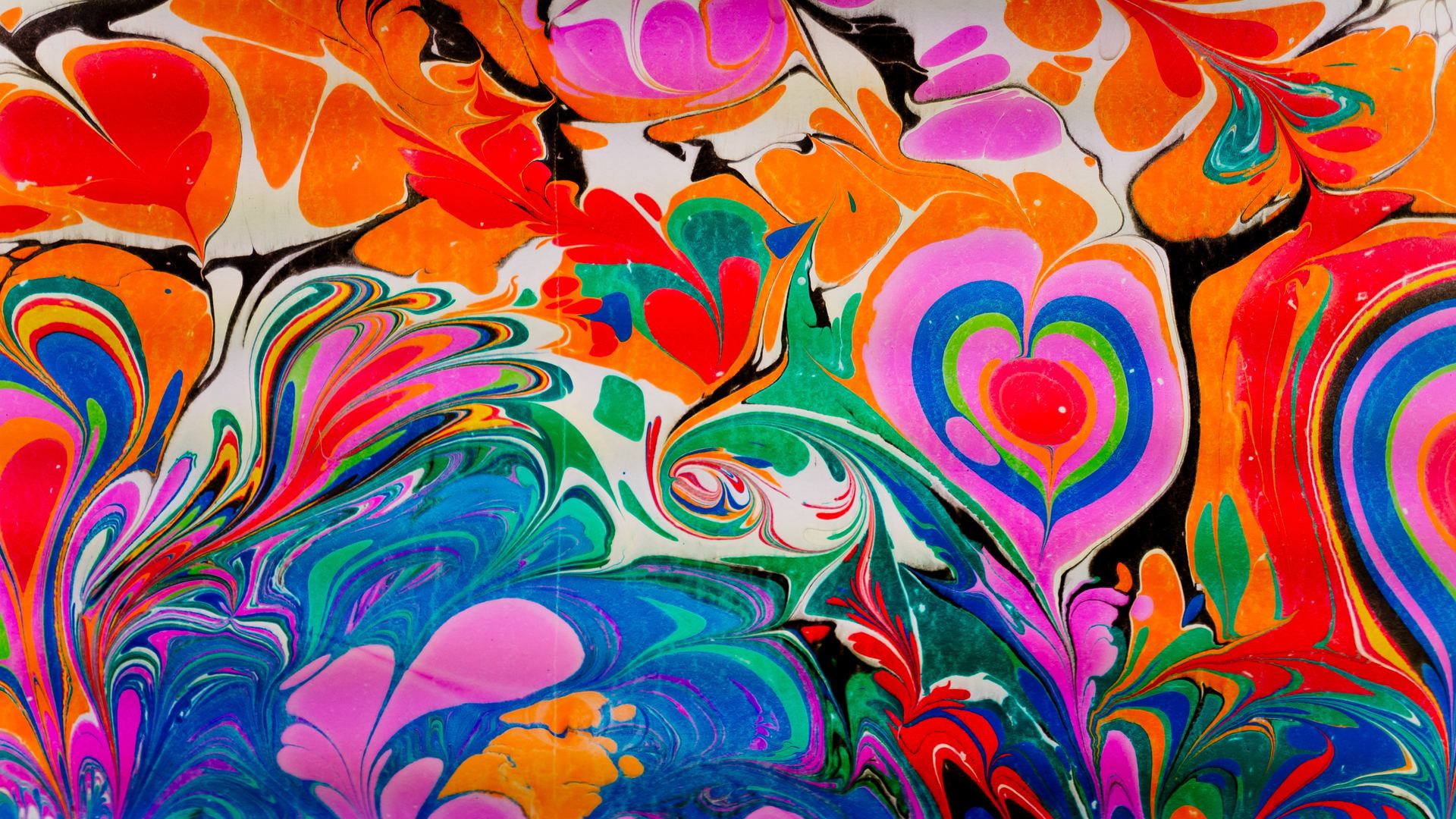
Image by Raimond Klavins.
This is an all too familiar story, and I would hazard a guess that there are almost countless stories detailing the same experience and I’m sure many of them, much like me, had an extremely powerful and profound experience that altered the course of their lives for the better. However, I think that more than us speedrunning ego-death in the middle of the Karoo, we should be talking about the steady increase in the amount of clinical and scientific research being done on the potential of psychedelic therapy (sometimes referred to as psychedelic-assisted psychotherapy or PAP). Although indigenous communities around the world have been using different psychedelics for therapeutic and religious purposes, the idea is still relatively new within at least official circles in the West. However, results have been incredibly promising from much of the literature you’ll read.
So how does PAP work? Well, simply put, it usually involves a combination of a controlled amount of psychedelics combined with talk therapy. For those in the know, it was the aptly named President Richard Nixon who really doubled down on the war on drugs during his presidency in the late 60s to mid-70s, recklessly categorising many psychedelic substances on the same level as substances such as heroin and methamphetamine – making the rising psychedelics research at institution like Harvard, illegal and obsolete. However, with a widening cultural conversation on mental health, psychedelics as a tool have seen a large-scale resurgence in studying, and unlocking its therapeutic potential and benefit.
Some of the psychedelics currently being trialled and used in some countries as tools during PAP are ketamine, LSD, MDMA, psilocybin, mescaline and ayahuasca. It would be irresponsible of me not to mention that although all these psychedelics have the potential to assist therapeutically, they are not to be toyed with. At the peak of my trip, I vividly remember feeling so deeply detached from what was happening around me that I snapped back to reality with incredibly deep breaths, as if I had just surfaced from holding my breath underwater for far too long. And then there’s Ketamine, the most studied drug for mental health therapy and a particular favourite recreational drug for just about every German I’ve ever met. Let’s just say there is a massive difference in the positive effects of Ketamine when you compare the breakthroughs psychiatrist and psychotherapists have been able to make with it compared to seeing a guy in a K-hole at 4 am in Modular. It’s important to remember these aren’t wonder drugs and they come with some risks that should be considered. The very key to psychedelics as a therapy is not the self-administering kind of recreational use; rather, it is the very controlled, thoroughly designed setting and treatment plans that afford the benefit of these substances through safe and monitored means.
First and foremost, there’s the little case of many of these substances being illegal within South Africa. From my research, I have only found that two substances, namely ketamine and ibogaine, are legalised for medical use within South Africa. Interestingly both are dissociative in nature but are generally used to achieve different outcomes. Ibogaine is generally used as a means to try and treat addiction ranging from alcoholism to opioids. Ketamine, on the other hand, is used rather effectively from research to treat severe depression, anxiety and PTSD. However, findings also indicated that these positive effects are relatively short-lived.


Images by JR Korpa.
As mentioned before, using psychedelics for therapeutic purposes comes with some risks. However, the most considerable concern stems from the meteoric rise in the number of people that are using psychedelics to self-treat their mental health issues. The fear here stems from the lack of a controlled environment and the fear that it is practically impossible to guarantee that the substances aren’t contaminated with something the taker doesn’t want. Generally speaking, within a clinical setting, PAP is seen as pretty low risk. The one concern that you may hear brought up a lot by detractors, however, is that the risk of psychosis is a very valid concern and, once again, why it should be encouraged that these substances be taken in a highly controlled environment, preferably a clinical one; patients need to be vetted and have walked a long road of therapeutic and psychiatric interventions before undergoing PAP. I mention this because as anyone who has partaken in their fair share of psychedelics will tell you there is almost an endless amount of “healers”, “guides”, and “yogis” out there curating experiences with a whole host of psychedelics. Now I can’t tell you who to place your trust in, but it would be irresponsible if I didn’t mention that given the state of mind, you may want to be quite selective about who you share that incredibly vulnerable state with.
Unfortunately, the field of PAP and just psychedelics, in general, carries with it an almost unprecedented amount of misconceptions regarding the subject. I remember vividly being in a grade 4 classroom, and receiving my first lesson on the dangers of drugs. Substances like tik and marijuana and the one that sounded scariest of all, LSD; my education on these all promised deeply fearful experiences. Fast forward to a 19-year-old Casey in a field feeling as at peace as I had since starting my teens, not solely down to but most certainly helped by that very same scary-sounding drug. Then on the other side, you get the overenthusiastic psychedelic space cadet that swears that this hit of DMT will change your life forever, just like it did theirs. By this, they mean they quit their job and now religiously watch Joe Rogan and use any opportunity to ramble on about the globalist elites. The truth is far more nuanced, however. Can the likes of ketamine, LSD, MDMA etc., be highly efficient tools in therapy? The answer is yes, within context – but here’s the critical detail on psychedelics being simply a tool. Like any measure of support, any kind of therapeutic substance or medication are always intended as supportive measures that should form part of a holistic and broader therapeutic program.
As anybody who has tried to work through their traumas, anxiety, depressive and manic episodes through therapy will tell you, therapy is REALLY hard work. It’s slow, arduous, painful and cathartic, but the one thing it never is is easy. Dr Rachel Yehuda, the director of mental health at the James J. Peters Veterans Affairs Medical Center in the Bronx, says about MDMA treatments for PTSD, “While the research into psychedelics shows a strong potential to help people struggling with mental illness, they are not miracle drugs. Although the effects have been shown to be quick and long-lasting, therapy with the drugs often entails intense, frightening sessions as patients deal with the trauma from their past… The most common misconception about MDMA with psychotherapy is that you’re taking this magic pill that will take away your symptoms. What’s happening is you are getting in a state that is conducive to doing difficult work in a manner in which you are in the right window of tolerance where you can emotionally engage, where you can process the memory but not get so distressed by the memory that you become emotionally numb.”

Image by Andres Sanz.
Now I want to end off with some thoughts and some recommendations. Simply put, far too much research is already available on this topic for me to scratch more than the surface. A quick Google search for psychedelic treatment or any of the psychedelics mentioned above can send you into an almost endless rabbit hole. Still, there are some forms of media I’d like to highlight. The first is the Psychonauts podcast series, which I recommend because it is within the South African context and also because it is free on Soundcloud. Next is one. I think a lot of people have engaged with the work of Michael Pollan and his best-selling book and great Netflix series How to Change Your Mind. These are fantastic departure points from which you can branch out wider. My closing thoughts are that South Africa has massively pressing issues; I haven’t had power for four days, for example, and maybe it’s because we don’t have the luxury to really allocate time to this, but South Africa is and has been in the grips of a SEVERE mental health crisis. I’m not saying that these PAP treatments will end this crisis altogether simply because I think the issue is far more complex than that, but if it can help, why not at least try? In the words of Funkadelic, “Free your mind, and your ass will follow”.
Written by: Casey Delport
For more news, visit the Connect Everything Collective homepage www.ceconline.co.za

